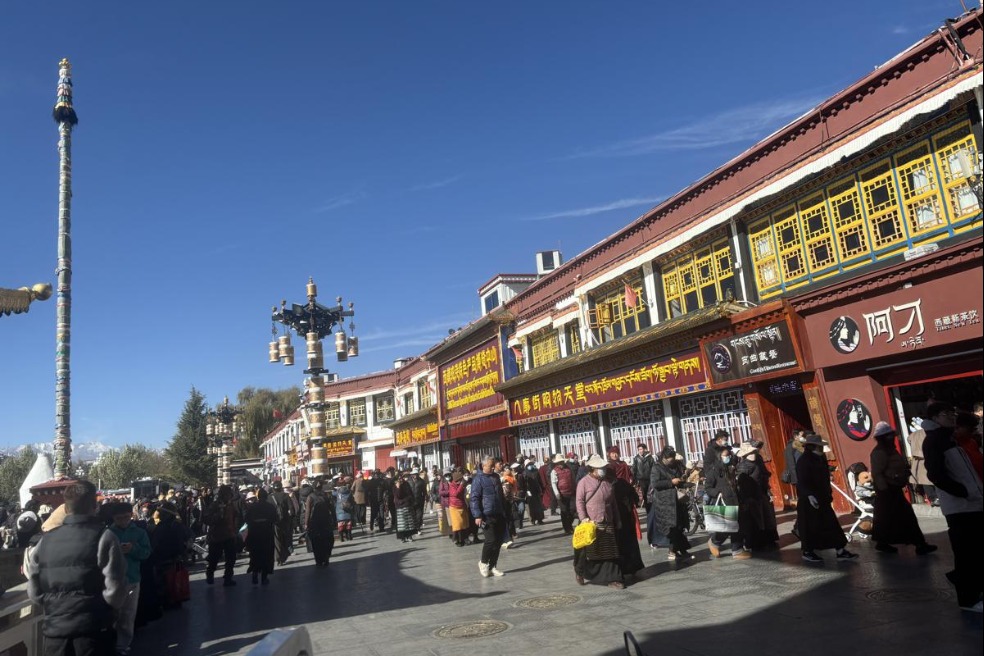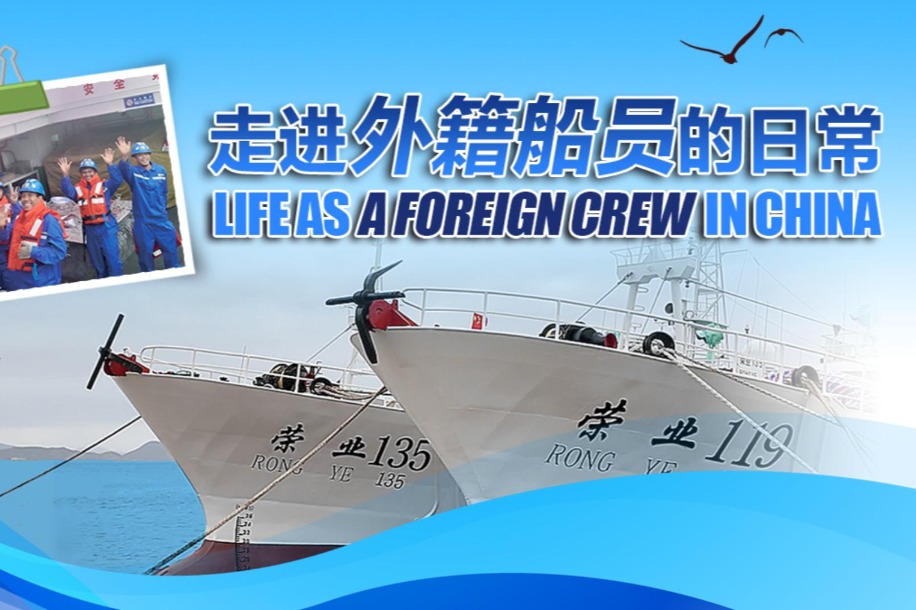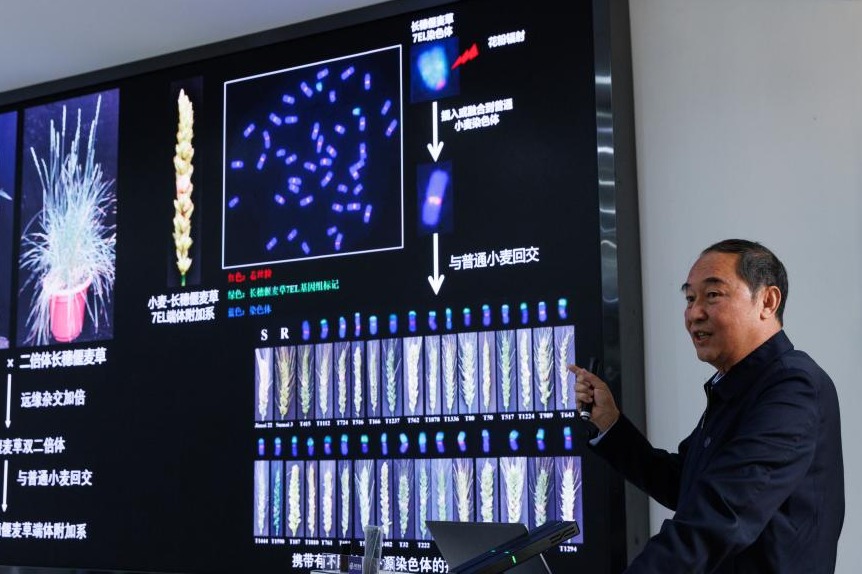Guiding principles
Despite finding fame online, dedicated Beijing-based tourism service provider remains true to his mission of delivering the best possible experience to all clients, Yang Feiyue reports.

Cao Zhen didn't take a break after the hectic May Day holiday.
The Beijing-based tour guide was up in the wee hours the following day and heading for the Palace Museum to prepare for his usual livestream broadcast from the tourist hot spot.
"My home is a bit far away from the museum, so I have to start out at 4 o'clock in the morning," says the 38-year-old.
From the origin of the Jinshui River's name and its functions, to the landscape of the Palace Museum, China's former imperial palace, also known as the Forbidden City, and details of its every gate, Cao paints a vivid picture telling the stories behind them.
"I can reach a wider audience this way, compared with in-person tours," says Cao, who has been a guide for about 15 years and received the National May 1 Labor Medal for his work in 2021.
"The livestream tours can also be more comprehensive and detailed, and the process of doing them is very beneficial for me to improve and enhance my own knowledge," Cao says.
"During the livestream, I will advertise my in-person tours and welcome people to come to the Forbidden City and experience this ancient and profound culture for themselves," he says.
Most days, Cao conducts a four-hour livestream tour in the morning, before spending the entire afternoon entertaining clients at the Palace Museum in person.
He offers tourists of different age groups different explanations.
"For middle-aged tourists, I place a focus on the weight of history; for primary school students, I add some interesting historical stories," Cao explains.
For example, when it comes to explaining the Zhengda Guangming ("fairness and enlightenment") plaque in Qianqing Gong (Hall of Heavenly Purity), he will not stop at just explaining its function as a place where a sitting emperor would hide the name of his successor.
"The obvious reason was to avoid brothers fighting and killing each other for the throne," Cao says. He will then go into the details of how Zhu Zhanji of the Ming Dynasty (1368-1644) and Qianlong of the Qing Dynasty (1644-1911) ascended to the throne.
"The additional content is rarely included in ordinary tours because of time constraints," Cao says.
"Generally, when it comes to the role of the Zhengda Guangming plaque, the explanation ends, without mentioning the drawbacks of the system. However, from the feedback I've received from tourists, they want further explanation," he adds.
Older tourists are interested in the role of the plaque, while children, he says, prefer to hear the stories about power struggles for the throne.
After graduating from the North China Institute of Science and Technology in 2008, Cao entered the tourism industry.
He started by entertaining tour groups to Beijing.
As a local, he felt it was the best of both worlds to make a living by promoting the charm of his hometown.
Through learning and preparing for the role, the job has enabled him to better understand the capital city, its culture and history.
"The Palace Museum is a place that most tourists will visit when they come to Beijing. It embodies the city's diverse culture in terms of history, architecture and aesthetics, and there are many interesting things to talk about," Cao says.
To ensure his guests get the best of what the city has to offer in their limited time, Cao has visited practically all the tourist attractions in Beijing, while attending training and communicating with scholars engaged in research of Beijing's history and culture.
He has incorporated what he has learned into his tours and shares the profound historical and cultural heritage of Beijing with his clients.
In 2017, Cao was chosen by the Beijing tourist guide association to be among a group of guides who would give in-depth tour explanations to enhance the cultural experiences of tourists to the city.
As his work experience grew, Cao also took outbound trips, including those to Germany, France and Italy.
"Compared with domestic trips, the biggest obstacle was the language," Cao says.
To improve his English proficiency, he memorized related English textbooks for tour guides and sought help from friends with strong foreign language abilities to practice speaking.
"To be more familiar with the destination countries, I also enrolled in study tours organized by travel agencies specifically for tour guides," he says.
"Trying to satisfy every tourist is something that I have always insisted on doing," he says.
The enthusiasm for his job has seen Cao develop special services for some of his clients, such as the elderly.
When Cao learned that one client with cognitive issues had just had an operation, he took the initiative to rent a wheelchair, and carried the guest on his back up any stairs they encountered during the trip.
In particular, he also plans something special for children attending his tours.
"If there are children in the group, I will prepare a notebook for each of them and ask them to record memorable things during the trip, whether it's writing or drawing," Cao says.
"At the end of each day's itinerary, I will invite them to share their experiences with the group to increase their sense of participation."
Such efforts have ensured that he has zero complaints to his name and, over the course of his career, they have helped him win many honors, such as "model guide" from the China Association of Travel Services, and "gold tour guide" at the 2019 national guide competition.
Cao has also shared his experiences with his colleagues, hosting lectures and training sessions.
In July 2020, when tourism was halted due to the COVID-19 pandemic, he dipped his toe into the waters of the online services market.
Cao started his first livestream on Douyin at the Palace Museum, a landmark that holds special cultural significance to him.
"I thought no one would watch, but more than 40 people followed me," he recalls. "I was more than satisfied."
From then on, he has continued to present two online sessions a day at the museum.
As he eased himself into the new role, his presentation skills and interactions with his audience became increasingly better.
In two months, the numbers of his followers had surged to 500,000.
It didn't take long before some internet influencer companies approached him with business propositions offering him internet hosting jobs.
However, Cao turned them down.
"I always consider my primary role to be that of a tour guide," Cao says, adding that all the honors he has received are a result of his job.
"I know my place and I wouldn't compare myself to an influencer. The livestreams and the tours are a happy medium," he adds.
In Cao's opinion, an increasing number of Chinese tourists are no longer satisfied with the old-fashioned routine, where they get on a bus and just go sightseeing and take photos.
"They want to know the historical and cultural context behind the attractions, and learn the stories behind the cultural relics," Cao says.
He says that, thanks to the relaxed pandemic prevention measures, he has witnessed firsthand the desire for travel that has been pent-up over the past three years. Online tours played a positive role in satisfying the public's need for cultural interpretation, as has been proven by the great enthusiasm of Cao's more than 920,000 followers.
In his livestream on the Douyin platform, the number of his online viewers exceeds 40,000.
Many of his online fans have come all the way to seek his services for an in-person tour through the historical site.
Ping Anpeng is one of Cao's followers and recently booked his guide service at the museum.
"I've been to the Palace Museum many times, but Cao's explanations reveal so much more than I noticed before," Ping says.
"I took my child this time and we both had a fun and rewarding trip," Ping adds.
Despite the return to normal, pre-COVID services, Cao says he will continue producing his online tours.
"The development and prosperity of the livestreaming and short video industry has brought more convenient channels for the general public to obtain information," Cao says.
"Riding on the rapid wave of development in social media, the culture and tourism industry has also undergone many changes, and we should embrace it," he adds.
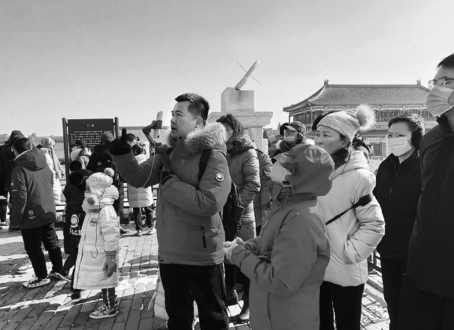

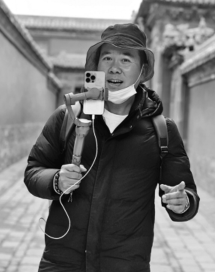
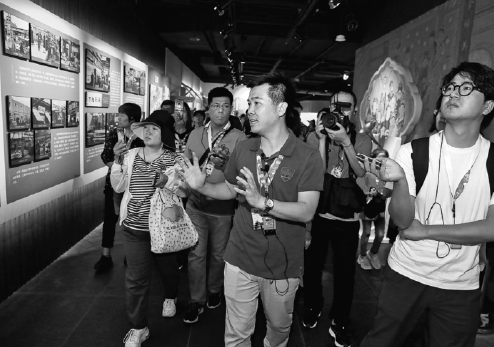
Today's Top News
- Judicial reform critical for modernizing governance
- Effective use of investment emphasized
- China's shuttle diplomacy strives to reach ceasefire
- Nanjing Museum's handling of donated art, relics being probed
- Key role of central SOEs emphasized
- New travel program hailed as 'milestone'



















